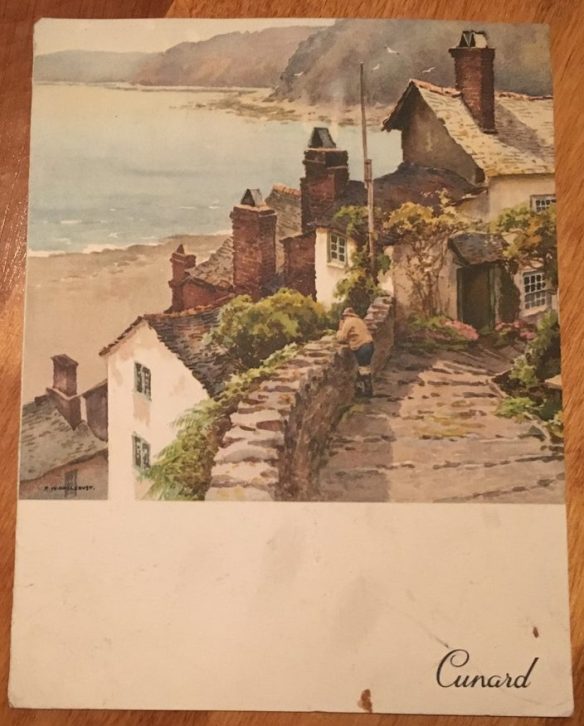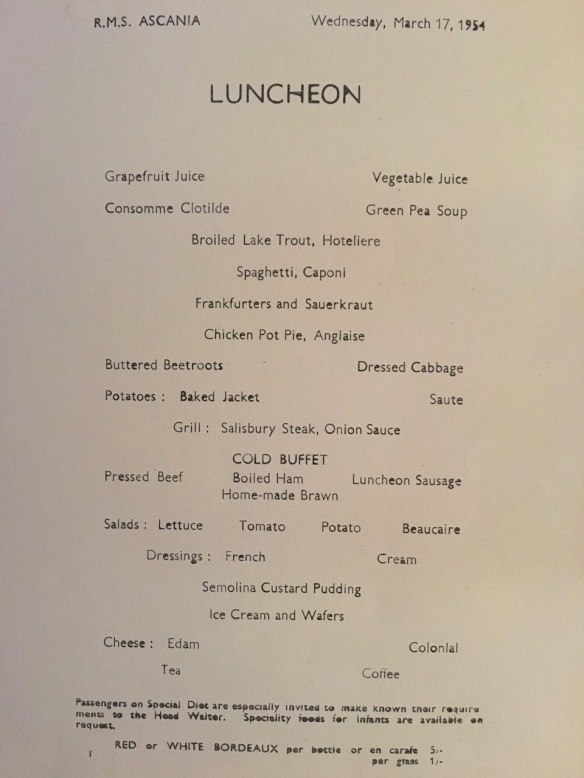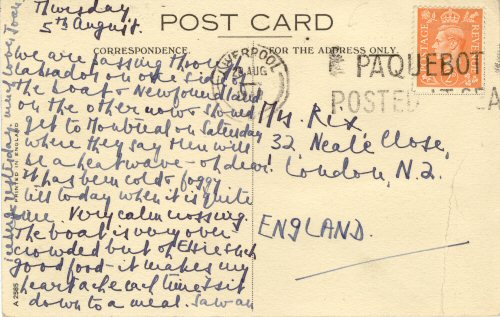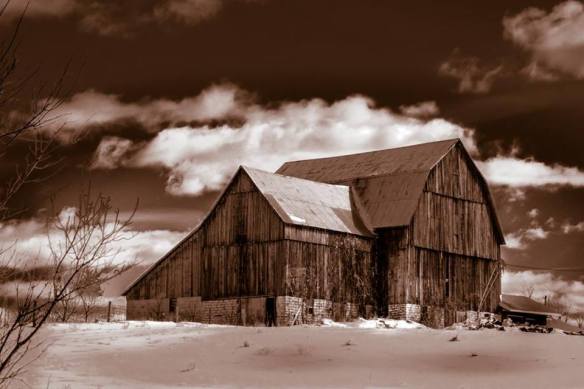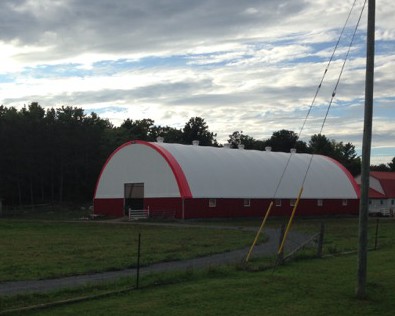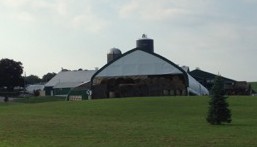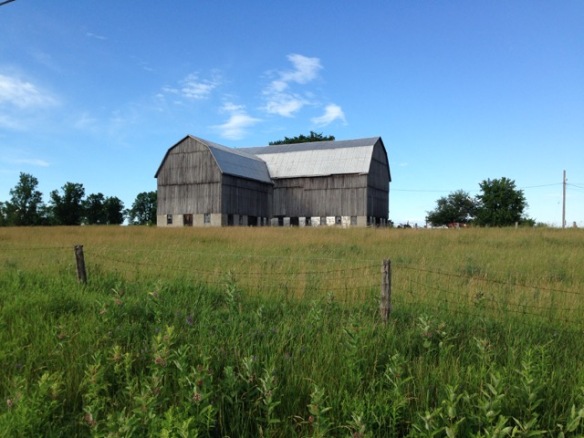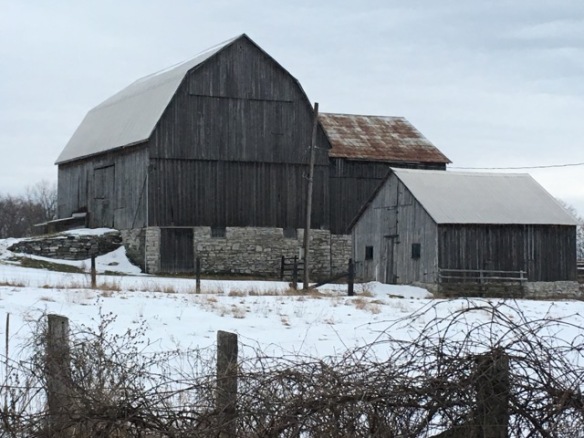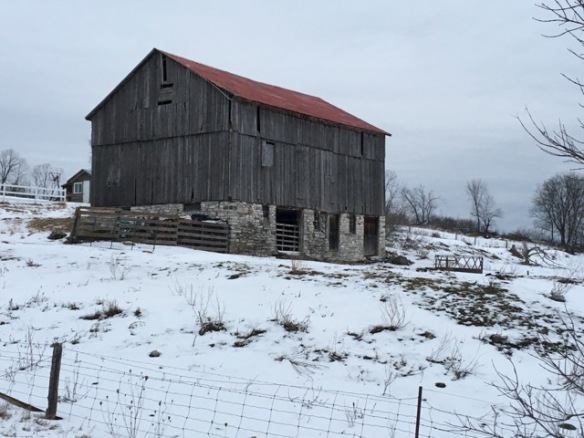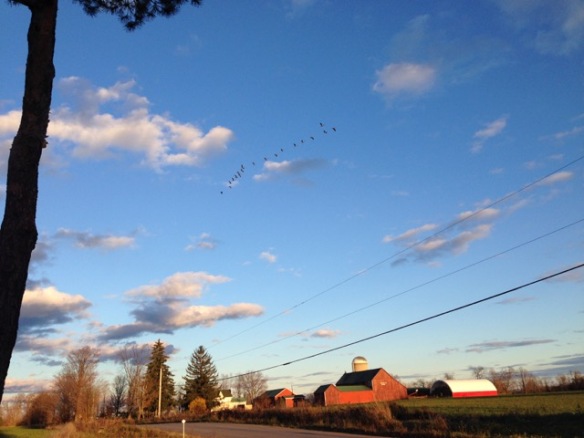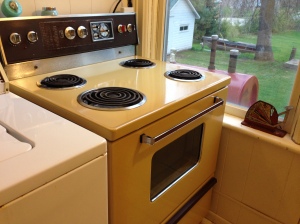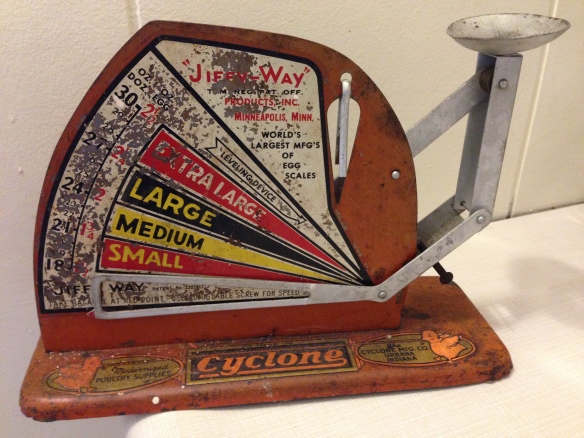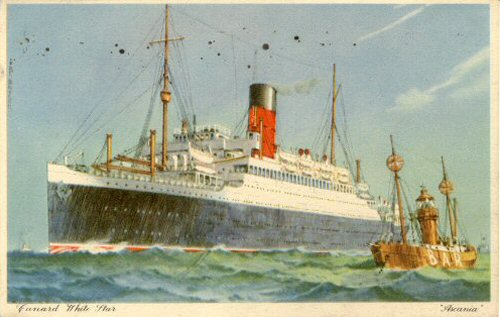 I suppose you might be wondering what on earth an old postcard showing the Cunard ocean liner Ascania has to do with life here at the Manse in Queensborough. Well, I’ll tell you. It’s all about the food.
I suppose you might be wondering what on earth an old postcard showing the Cunard ocean liner Ascania has to do with life here at the Manse in Queensborough. Well, I’ll tell you. It’s all about the food.
Along with my love for vintage cookbooks, I have a soft spot for vintage menus. I’ve got a small but interesting collection of them: bills of fare from long-gone midcentury restaurants in various parts of North America, and also menus that were handed out to passengers in the glory days of air and ocean-liner travel, when elegant dining was considered to be an integral part of the excitement of long-distance voyages. I love poring over these menus, imagining the people who once held them to ponder their selection for “luncheon” or dinner. I love the reminders of how things used to be when people dined out, like how it was once common for a glass of tomato juice to be served as an appetizer. I love the way the restaurants, and especially the cruise lines and airlines, did their best to make everything sound so refined and fancy. And I love the vintage prices!
My latest addition to the collection came from an antiques warehouse in the pretty village of Orono, which is a drive of about an hour and three-quarters from Queensborough on the way to Toronto. Orono has done a fabulous job of turning itself into a destination for visitors, with nice restaurants and pretty shops, many of them focused on antiques. In one of those shops this past Saturday, I spotted this delightful image in a boxful of stuff:
Because it said “Cunard” on the front, I guessed, correctly, that it was the cover of a long-ago menu from that venerable British luxury cruise line. And here’s that menu, from 62 years ago:
Isn’t it lovely? Sounds like some pretty nice gastronomic offerings there on the R.M.S. Ascania, though I’m not too sure what “Home-made Brawn” is, and I’m not entirely sure I want to know. Also, I wonder what “Colonial” cheese is. Maybe it’s the very cheddar that our own Hastings County has specialized in making for more than a century and a half – Canada being, of course, “the colonies” in the eyes of British steamship owners in 1954.
I have subsequently learned that I was on the mark in finding the offerings of the Ascania menu appetizing. How do I know this? Because of this interesting discovery that the internet turned up! It’s the flip side of the colour postcard of the Ascania featured at the top of this post:
Note how Jack writes from on board, as the ship is passing Newfoundland and Labrador en route to Montreal, “The boat is very overcrowded but oh Elsie such good food – it makes my heart ache each time I sit down to a meal.” Isn’t that lovely? One can’t read the year on the postmark, but I suspect the card was sent in the years after the Second World War, when England was still suffering from food shortages that would have made the offerings of the Ascania look sumptuous indeed.
Here, from the website of the London Telegraph, is more evidence that the shipboard food was much appreciated: a lovely memoir by a chap named Cyril Collie of emigrating from England to Canada on board the Ascania in February 1952. He reports, in part:
“The Ascania was not a luxury liner but to me it was first class all the way. I shared a stuffy inside cabin with three other young men, two of whom spoke very little English. Along with many others on board they were refugees who had survived the holocaust and were seeking a new life in Canada.
“Britain at that time was still a country of shortages and rationing and I’d known little else since age 11 when the war had started. There were no such conditions on the Ascania. It was as though we entered another world.
“The food was excellent, plentiful and we could order anything we wanted. Any amount of liquor, chocolates and cigarettes could be purchased at tax free prices. Overnight we went from a world of austerity to a haven of abundance.”
I wondered if there was any way to find out where exactly the Ascania had been on the day my luncheon menu was handed out to its passengers – Wednesday, March 17, 1954. I didn’t find that, but I did discover from various sites, including this one and this one, that at the time the Ascania sailed the route between Liverpool and Montreal – and that in 1957, only three years after that menu was printed, the ship was decommissioned and destroyed.
So that’s a lot of history learned thanks to one luncheon menu!
And now, while I have your attention and we’re talking about food, let’s turn to your opportunity to eat very well in historic surroundings. Not a vintage Cunard ocean liner, granted, but the homey and historic setting of the Queensborough Community Centre, our village’s former one-room schoolhouse. Here are the details:
That would be this coming Sunday, people, and you don’t want to miss it. Not only is the food good and plentiful, but the company – your neighbours and friends, whether you’ve known them all your life or have just met them – is second to none. And as an added bonus, this year you get to admire a fantastic bit of renovation that’s just been completed: the schoolhouse’s classic original tin ceiling has been freshly painted, and looks wonderful!
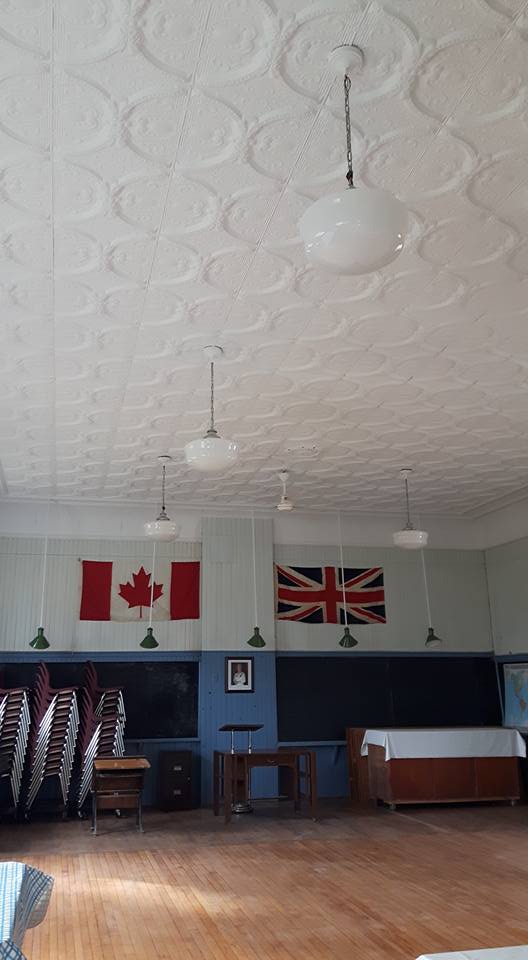
The newly painted ceiling at the Queensborough Community Centre – another beautifully executed project by Queensborough craftsman Ed Couperus. (Photo courtesy of the Queensborough Community Centre Facebook page)
The food may have been bountiful and delicious aboard the Ascania, but somehow I doubt the shipboard breakfast buffet could compare with the new-crop maple syrup, freshly made pancakes, sizzling bacon and sausages, soft scrambled eggs and buttery warm toast that you’ll enjoy at the Queensborough Pancake Breakfast this Sunday morning. I’m getting really hungry just thinking about it.
Or maybe I’ll rephrase that by echoing Jack in his postcard to Elsie: “It makes my heart ache.” We are blessed with bounty!

